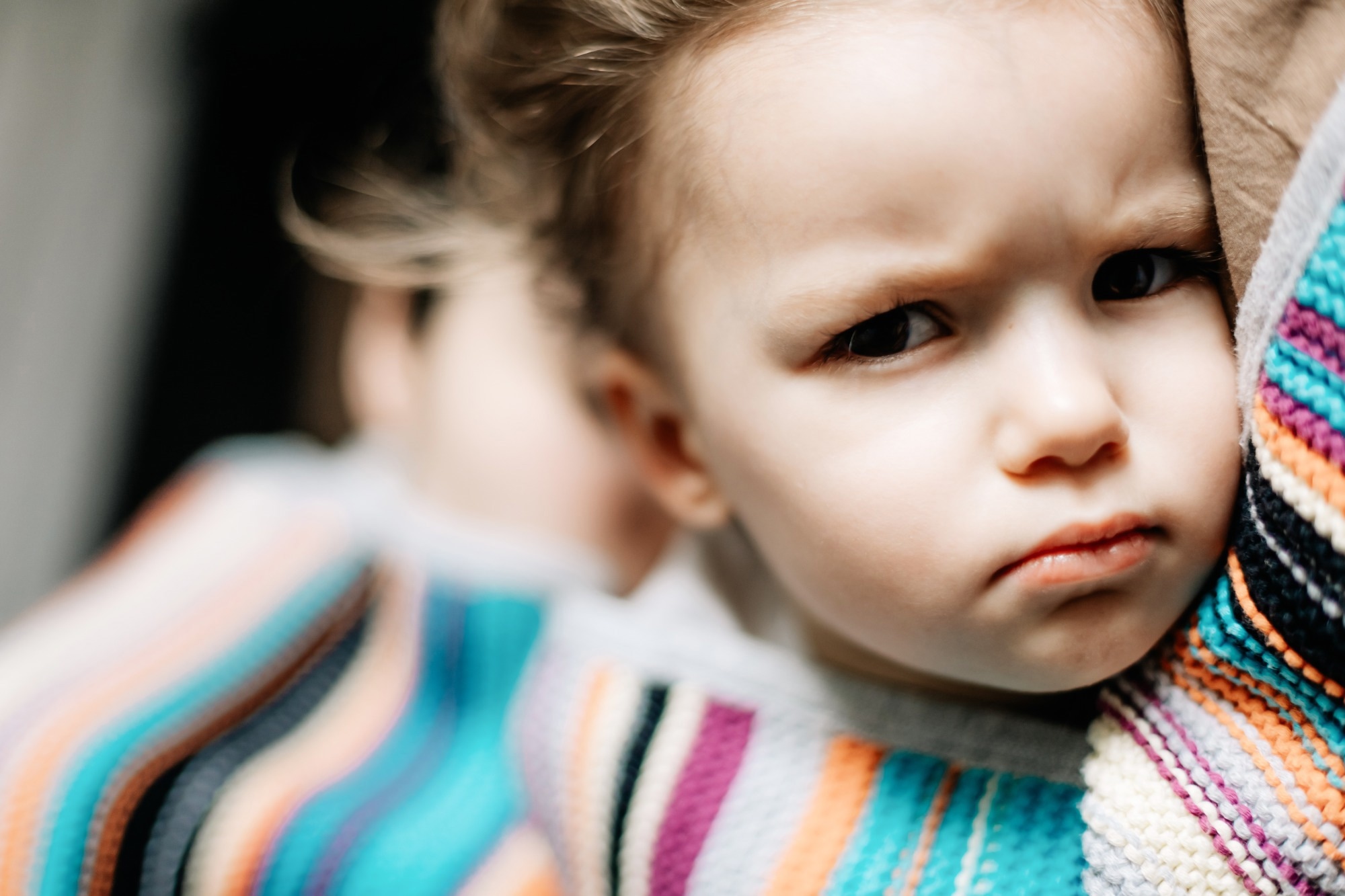The understanding of the impact of disturbed sleep on health-related quality of life (HRQOL) among healthy children is quite limited. To address this gap, a new JAMA Network Open study aimed to research the effect of sleep deprivation on HRQOL in healthy children without major sleep issues.
 Study: Effect of Sleep Changes on Health-Related Quality of Life in Healthy Children. Image Credit: Anna Nass / Shutterstock
Study: Effect of Sleep Changes on Health-Related Quality of Life in Healthy Children. Image Credit: Anna Nass / Shutterstock
Background
There is growing interest in learning about the association between sleep and health indices, such as the HRQOL. HRQOL comprises three key domains: mental, physical, and social health. However, most research has focussed on the impact of medically related sleep issues on HRQOL. These conditions could include insomnia, obstructive sleep apnea, or other diseases.
Recent research hints that HRQOL is also adversely affected in children experiencing milder sleep health issues. Whether HRQOL is a factor in sleep in healthy children still needs to be determined. Previous research had presented only tentative evidence of an inverse association between sleep duration and HRQOL.
More recently, additional research has supported an association between sleep and HRQOL in children, but these studies are primarily cross-sectional and have been unable to determine causality. The key aim of this study is to determine the effect of mild sleep deprivation on HRQOL in children without significant sleep issues.
About the Study
HRQOL is this study's key focus, a secondary outcome of Daily Rest, Eating, and Activity Monitoring (DREAM). DREAM is a randomized crossover trial of children subjected to alternating weeks of sleep extension and sleep restriction and a 1-week washout in between.
Bedtimes were manipulated to be one hour earlier (sleep extension), one hour later (sleep restriction), and then usually for one week each. The wake times remained unchanged.
The outcome variables were studied during both intervention weeks. The duration and timing of sleep were assessed using 7-night actigraphy. The 8-item Sleep-Related Impairment and the 8-item Pediatric Sleep Disturbance scales were used to rate the child's sleep disturbances (night) and impairment (day).
The 27-item KIDSCREEN questionnaire was used to assess the HRQOL. The questionnaire had five subscale scores and a total score. The seven days following each intervention week were assessed.
Key Findings
It was observed that even relatively small reductions in nightly sleep duration could significantly affect the HRQOL. The children slept 39 minutes less per night over one week, and the comparison was made across sleep conditions. This had a material impact on their physical and overall well-being and their ability to cope in school settings.
Further reductions in well-being were noted among those that achieved the a priori difference in sleep of a minimum of 30 minutes per night. While these differences are not significant, they are certainly not trivial. It must also be highlighted that the differences in HRQOL were noted after one week of less sleep. The results could get much more substantial and become clinically and statistically significant over an extended time.
It was also observed that when children slept less, they consumed substantially more calories from noncore foods, i.e., foods with poor nutritional quality. Sleep-deprived children spent more sedentary time and engaged in light activity.
As these patterns were measured using accelerometry, researchers could not be certain which specific behaviors might have changed. Overall, high HRQOL has been associated with lower sedentary time and higher activity in children.
Other existing research that alters sleep in children has focussed more on cognitive and emotional outcomes rather than HRQOL. Overall, this literature has documented consistent adverse effects on mood and smaller effects on some cognitive test scores and emotions. The authors believe this study could add immense value to the pre-existing cross-sectional literature, as causality can now be inferred.
Conclusions
The key strengths of this study include its randomized crossover trial design and the measurement of the sleep difference using more accurate actigraphy. Additionally, the restriction in sleep was small to mimic clinical levels of mild sleep deprivation, thereby augmenting the applicability of the results to public health.
The study's main limitations are centered around its focus on a secondary outcome of interest. Additionally, the sample was not diverse, which could limit the generalizability of the results. The study is also silent on the long-term impact of sleep deprivation on HRQOL.
In summary, this study documented significantly lower HRQOL in children after one week of receiving 39 minutes less sleep per night between sleep conditions. The lower HRQOL was coping well in school and physical and overall well-being. Taken together, the results underline the need to ensure that children receive sufficient good quality sleep, which could lead to good overall child health.